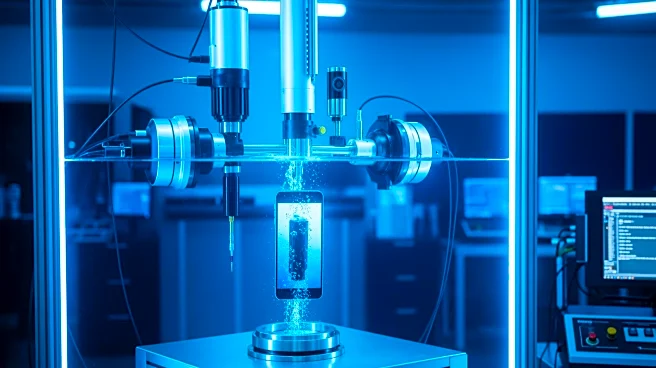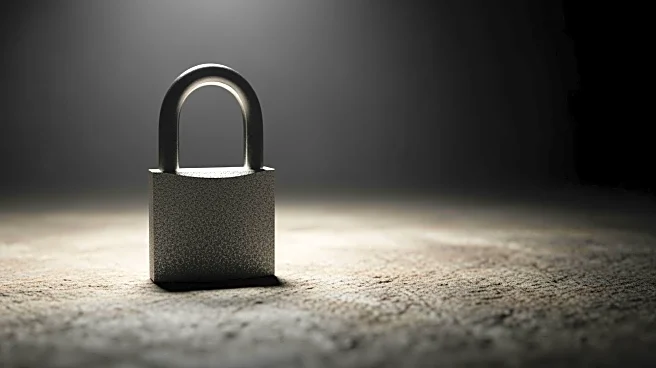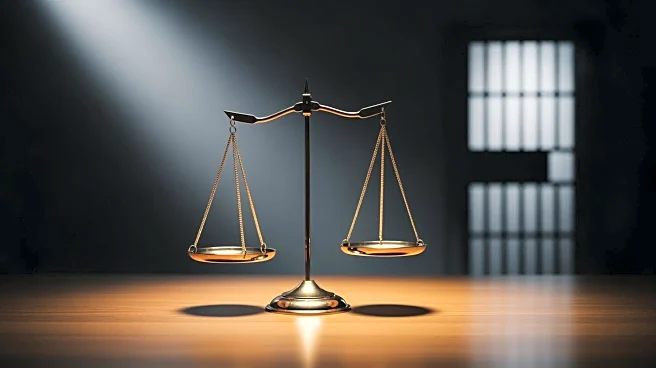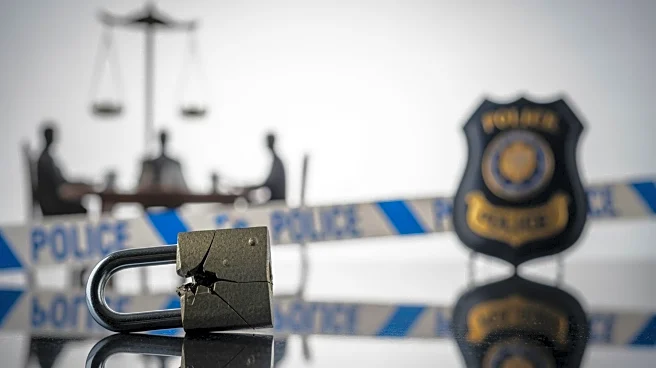What's Happening?
Investigators are utilizing advanced forensic methods to recover data from a smartphone believed to have been discarded at sea by former IDF legal chief, Maj. Gen. (res.) Yifat Tomer-Yerushalmi. The phone is suspected
to contain crucial evidence related to a leaked video involving IDF reservists. Techniques such as 'board transplant' and 'Chip-Off' are being employed to bypass physical damage and encryption challenges. These methods involve transplanting memory chips into functioning donor motherboards to retrieve encrypted data. The phone's suspected immersion in saltwater presents significant obstacles due to corrosion, but modern forensic labs report high success rates in similar cases.
Why It's Important?
The recovery of data from damaged smartphones is critical in criminal investigations, as these devices often hold key evidence. The use of advanced forensic techniques highlights the growing importance of digital forensics in law enforcement. Successful data recovery could provide actionable intelligence, impacting legal proceedings and accountability in cases involving high-profile individuals. This case underscores the challenges posed by modern encryption and the need for sophisticated tools to access encrypted data, which is crucial for maintaining the integrity of investigations.
What's Next?
If investigators succeed in recovering data from the submerged phone, it could lead to further legal actions or charges against individuals involved in the alleged leak. The case may also prompt discussions on the legal and ethical implications of accessing encrypted data, especially in high-stakes investigations. Law enforcement agencies might increase investments in forensic technology to enhance their capabilities in similar future cases.
Beyond the Headlines
The case raises questions about privacy and the balance between security and individual rights. The ability to bypass encryption could have broader implications for privacy laws and the tech industry's approach to device security. It also highlights the potential for international collaboration in forensic technology, as labs across the globe tackle similar challenges.











